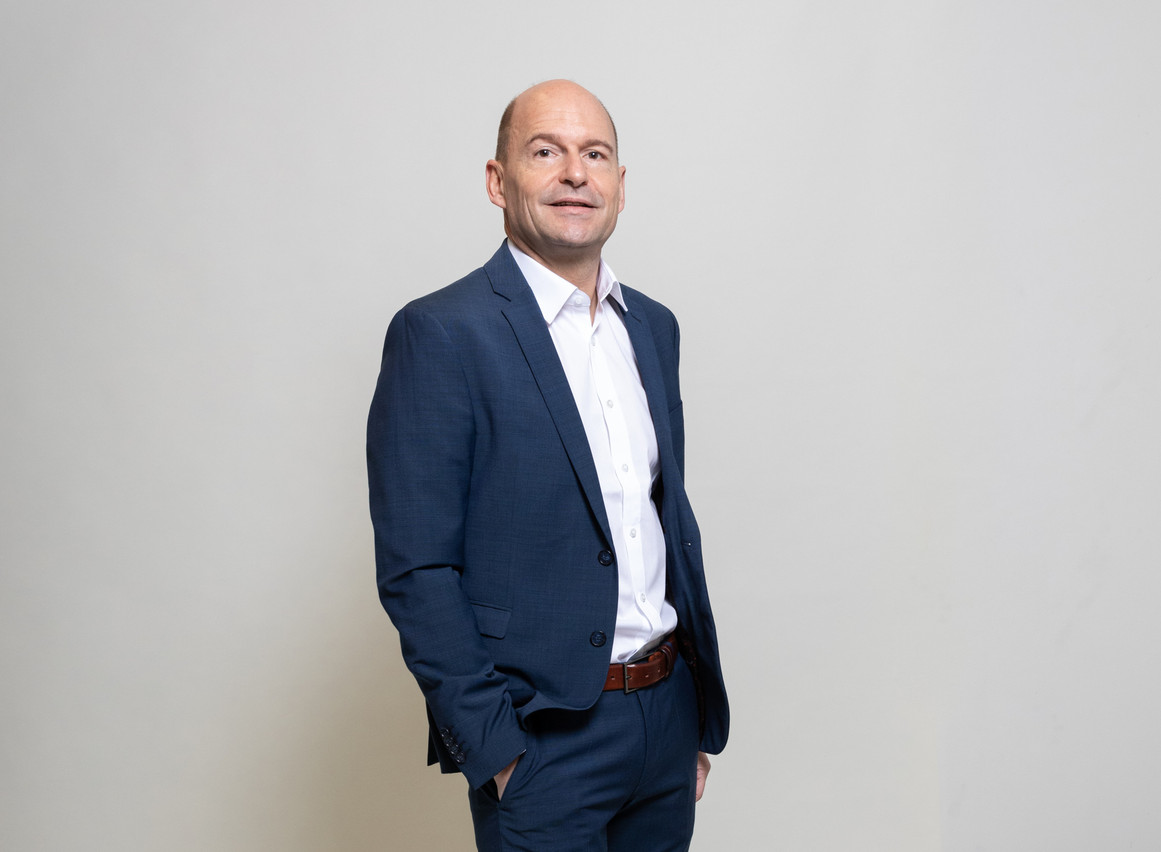First, can you tell us a little about open banking and PSD2?
Fred Giuliani: Sure. Open banking is basically a way to force collaborations between banks and fintech through sharing application programming interfaces. The Payment Services Directive (PSD2) provides a legal framework for doing this.
Spuerkeess has led the way in Luxembourg with its S-Net application, where customers can manage multiple accounts in one place. Can you tell us more about this?
When PSD2 legislation came in in 2018, we saw a great business opportunity. There were several approaches we could take--to comply with the regulation of course, to offer banking services to third parties like fintech by developing those APIs, or to put the customer at the centre to offer a better user experience. We decided to use provisions under PSD2 to really offer the customer more functionality, particularly when it comes to payment through the S-Net app and managing accounts from other banks through the S-Net app. The next step is that other banks will put in place more APIs so we can further exploit this.
Can you give some concrete examples of what the customer can do now?
At the moment the customer can manage all their accounts in one place through the S-Net app. This started with the six main Luxembourg banks but now we have added neobanks N26 and Revolut. The future is where it gets really exciting. We could, for example, enable the customer to pay their doctor through the Luxembourg health insurance system, the Caisse Nationale de Santé, in a smoother way. At present, you pay your doctor, submit receipts and the CNS reimburses 80%. With the correct APIs, a Spuerkeess customer could pay the doctor only the 20% they would pay anyway, with payment triggered directly from the CNS to the doctor for the remaining 80%. Let’s take the example of trading. Most banks have a trading facility, but it’s not always good. In the future, we could use APIs from the brokers so that it can be done in real time directly through the S-Net app.
Although Luxembourg banks are complying with PSD2, not all of them are exploiting the provisions of the regulation. Why is this?
Complying means you make your APIs publicly available. The second step is using the APIs of a competitor bank, and I believe that in a few months, all banks in Luxembourg will have done this too. The next step is using the APIs of fintech companies. Not all banks are doing this. Another step after that is to make platforms the power player in the market. For example, by putting your APIs on a housing market platform. There are several of these platforms emerging, one example being bank ING’s 90% stake in Makelaarsland, a Dutch digital real estate platform.
APIs mean the customer can see simulations of loans offered by different banks. For the banks, it’s a great source of customer leads. For the customer, it’s a faster, smoother experience of obtaining financing for a house.
We’ve spoken exclusively about open banking, but what are your other digitalisation plans?
We’re embracing digital first, including machine learning. Most people only interact with their bank through an app, so we want to adapt our processes so that the customer can do the maximum through this interface. This means, for example, using machine learning to give approval for consumer credit--if a customer wants a loan to buy a sofa on a Saturday, they can get that loan on Saturday.
This article first appeared in the January 2022 special forecast edition of
